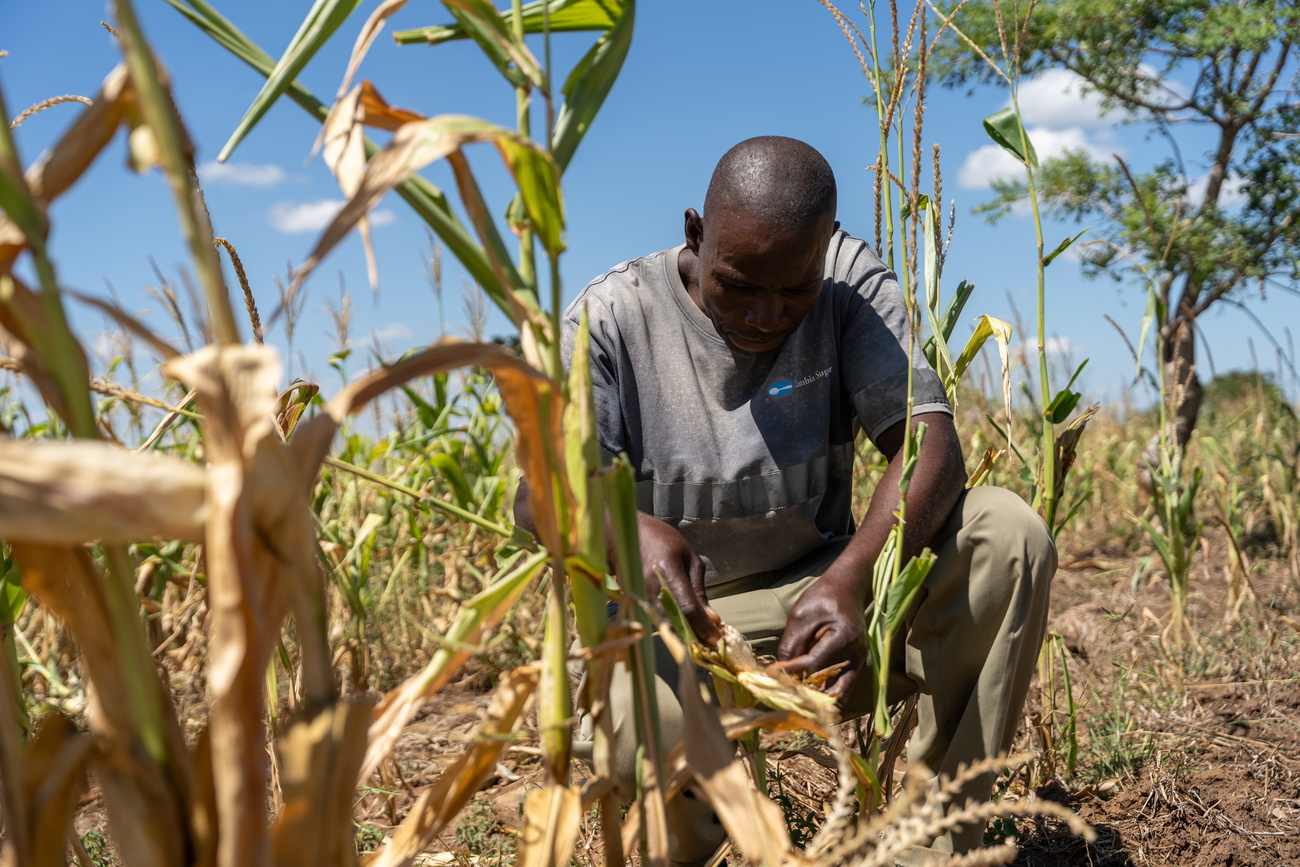Better Swiss air quality bucks global trend

While globally air pollution in urban areas is worsening, Swiss cities reported improvements for the 2011-2013 period, the World Health Organization (WHO) said on Thursday.
Globally air pollution levels have deteriorated by 8% between 2008-2013, according to new data External linkfrom more than 3,000 cities compiled by the WHO between 2008-2015. In low- and middle-income countries with more than 100,000 inhabitants, 98% of cities do not meet WHO air quality guidelines. In high-income countries, that percentage decreases to 56%,
In Switzerland, figures for nine cities were compared for the 2011-2013 period. In general, Swiss levels are lower than in other neighbouring European cities. Improvements were noted in several Swiss urban centres.
In 2013, Geneva recorded an average annual concentration of slightly larger PM10 particles of 21micrograms/m3 compared to 27mcg/m3 two years earlier and 15mcg/m3 versus 18mcg/m3 for the ultra-fine PM2.5 particles.
Basel also registered an decrease: 20 mcg/m3 compared to 22mcg in 2011 for PM10 particles and 14 mcg/m3 versus 15mcg/m3 for PM2.5 particles. In Zurich no changes were recorded for the slightly larger particles (20 mcg/m3) and PM2.5 fine particles (14 mcg/m3).
Bern was the most polluted of the nine cities monitored for PM10 particles (23 mcg/m3) and PM2.5 particles (16 mcg/m3), while St Gallen was the least affected (16 mcg/m3 and 10mcg/m3, respectively).
By comparison, Onitsha, a fast-growing port and transit city in south-eastern Nigeria, recorded levels of nearly 600 micrograms per cubic metre of PM10s – around 20 times the WHO recommended level. Peshawar in Pakistan had a figure of 540 micrograms.
WHO fixes limits for concentrations of the PM10 particles (10 micrometres) at 20 micrograms per cubic metre of air, and 10 micrograms per cubic metre for ultra-fine particles of less than 2.5 microns (PM2.5s).
Global problem
While all regions are affected, fast-growing cities in the Middle East, south-east Asia and the western Pacific are the most impacted with many showing pollution levels at five to 10 times above WHO recommended levels. Europe had some of the lowest levels.
Over 80% of people in urban areas are exposed to air quality levels that exceed World Health Organization limits.
“Urban air pollution continues to rise at an alarming rate, wreaking havoc on human health. It’s dramatic, one of the biggest problems we are facing globally, with terrible future costs to society,” said Dr Maria Neira, director of public health at the WHO in Geneva on Thursday.
Outdoor air pollution causes over 3 million deaths a year – more than malaria and HIV/Aids – and is now the biggest single killer in the world. The toll is expected to double as urban populations increase and car numbers approach 2bn by 2050.
Air pollutants such as sulphates, nitrates and black carbon penetrate deep into the lungs and into the cardiovascular system, posing the greatest risks to human health, says the UN.

In compliance with the JTI standards
More: SWI swissinfo.ch certified by the Journalism Trust Initiative












You can find an overview of ongoing debates with our journalists here . Please join us!
If you want to start a conversation about a topic raised in this article or want to report factual errors, email us at english@swissinfo.ch.